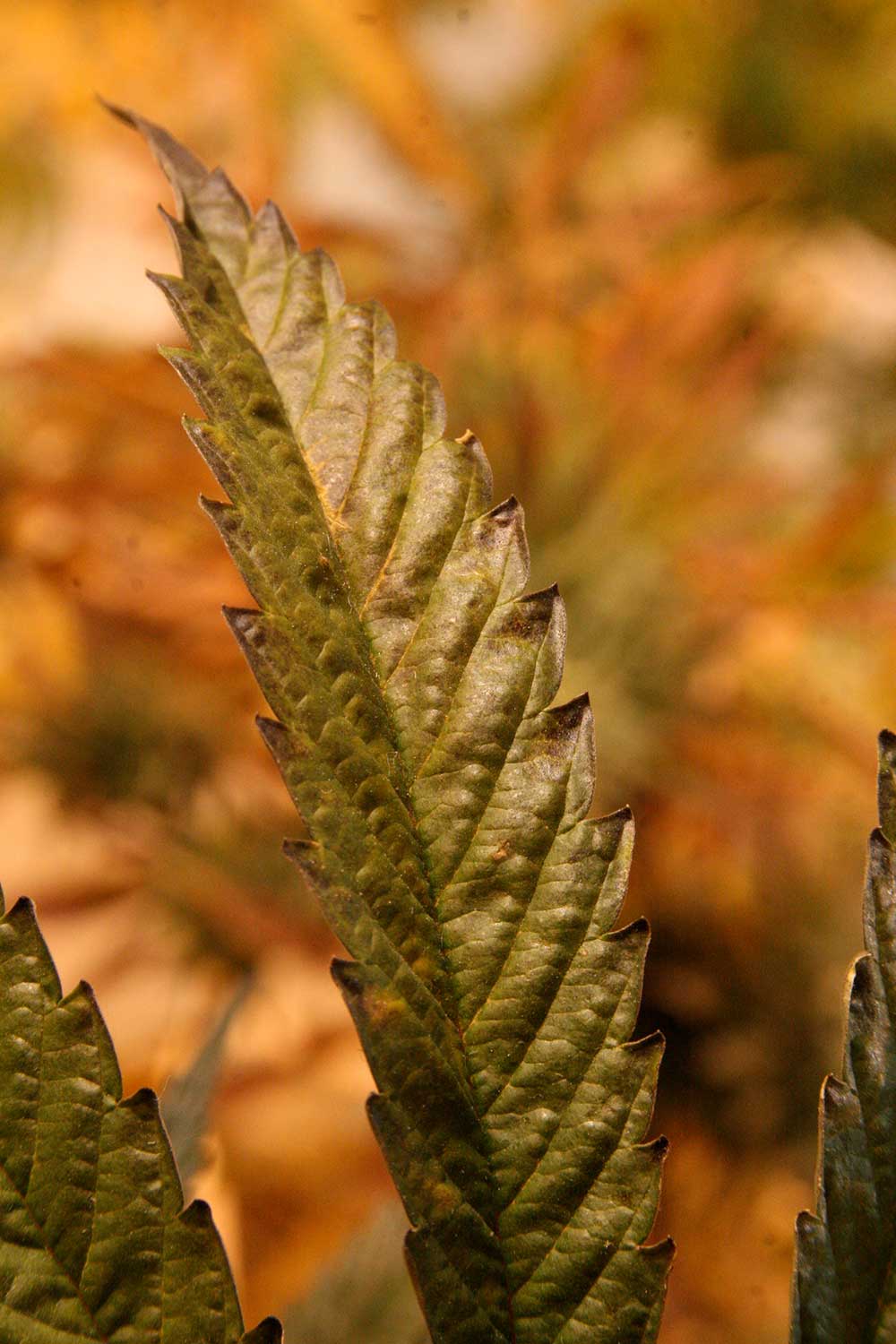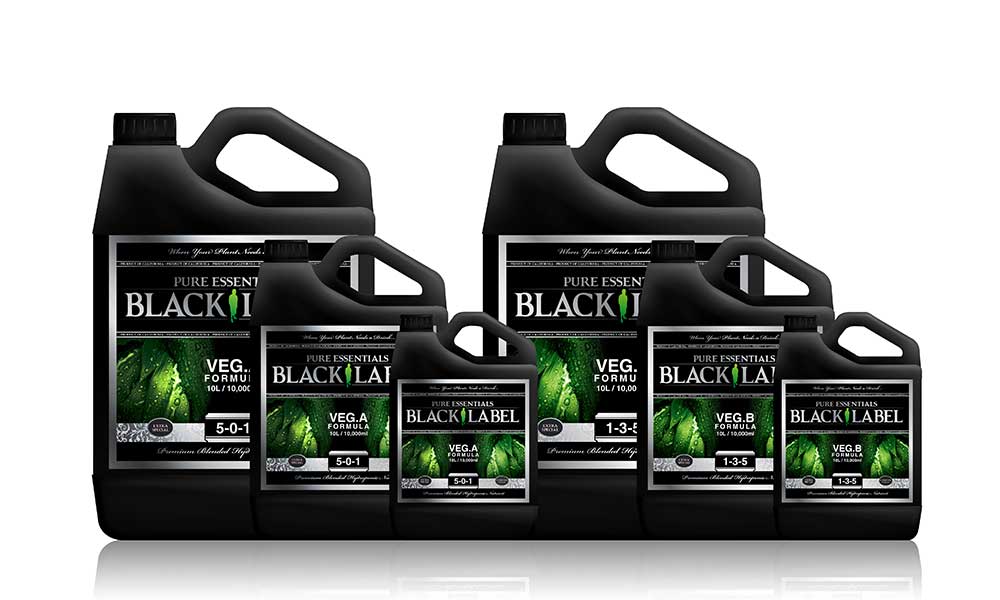Growing Healthy Plants Via Smart Feeding
The post Growing Healthy Plants Via Smart Feeding appeared first on High Times.
Looking for information regarding smart feeding? Whether you’re a novice or an advanced cannabis grower, this is the guide for you. High Times Cultivation Editor Nico Escondido answers all of your grow questions in his weekly Nico’s Nuggets column.
The Question: My Leaves Are Curling And Feel Dry. How Do I Fix This?
Dear Nico,
Happy New Year! For my new year’s resolution, I have started growing in a small closet growroom. My babies are about one-foot tall, and they were looking very healthy. Now, the leaves are curling at the edges and feel dry. I have good circulation and ventilation. I was wondering if this condition is being caused by too little or too much water, or are they not getting enough carbon dioxide? I water once a day until the medium is saturated. The soilless mix (Sunshine #4, as you have recommended in the past) has trace nutrient amounts in it. I have yet to add any further nutrients but plan to soon. Thanks for any help you can lend, and God bless High Times!
— John T.
The Answer: Utilize Smart Feeding To Avoid Nutrient Deficiencies
Happy New Year to you also, John!
Congrats on the new endeavor and thanks for writing in and sharing. Your question is always a tough one to answer without seeing the plants in person, but you have narrowed down the possible culprits correctly. One—or multiple—aspects you mention can be the cause of sick leaves and/or plants.
Generally speaking, plant leaves can be an excellent barometer for garden conditions and more often than not any discoloration or wilting of leaves point to nutrient deficiencies. That being said water, temperature and humidity also affect the development of leaves, stems and flowers. Incorrect ratios of these conditions can severely hinder food production and movement within the plant. Your description of daily watering sounds to be correct. Make sure your water source is not contaminated and be sure not to allow water to collect at the bottom of your containers, plant trays or saucers. Allowing ample time every few days for the medium to dry out completely and for air to permeate the medium is also a good idea.

Sick leaves show signs of deficiency through color and texture.
Going purely by your description, however, of curling leaf edges and dry tips, your issue sounds more like a nutrient deficiency—most probably potassium (K).
Potassium is essential throughout all stages of plant development, and it is a mineral that is easily translocated from older leaves to younger, thus potassium deficiencies will first appear on the lower, older leaves. Additionally, nitrogen (N) and magnesium (Mg) deficiencies can lead to drying and turning or cupping upward of leaves, respectively. The trace amounts of N-P-K in your soilless mix is good to ride out for a week to maybe 10 days, but once your plants develop several sets of leaves—which yours have now that they are 1’ tall—it is time to feed them more regularly and substantially.
My recommendation is to begin a mild nutrient regiment immediately.
Look for a nutrient line that offers a complete N-P-K package as well as some of the smaller, “micro” nutrients such as calcium, zinc, magnesium, etc. Since your plants are young and still in a vegetative state, your N-P-K ratio should be higher on the nitrogen side—something like a 5-2-2 should suffice—with smaller amounts of the other trace elements to round out the menu. Always use reputable nutrient brands like General Hydroponics (GH) or Botanicare and be wary of heavily loaded brands (such as Miracle Grow), which generally have very high mineral (salt) values and can cause more problems than they solve.

Proper dosages of nutrients are essential for healthy gardens.
The best practice for feeding regiments usually follows a three-day cycle, with feeding on the first day, pure water only on the second day and then a half-watering on the third day (to help the medium to dry out and get oxygen to the roots); then, repeat. To help keep your nutrient program from getting too heavy and causing nutrient lock-up in the root zone (from excess buildup) or root burn, it is good advice to start by halving the dosage recommended on nutrient labels. Then, slowly work your way up to the full dosage as your young plants grow, mature and enter the flowering phase.
The post Growing Healthy Plants Via Smart Feeding appeared first on High Times.


